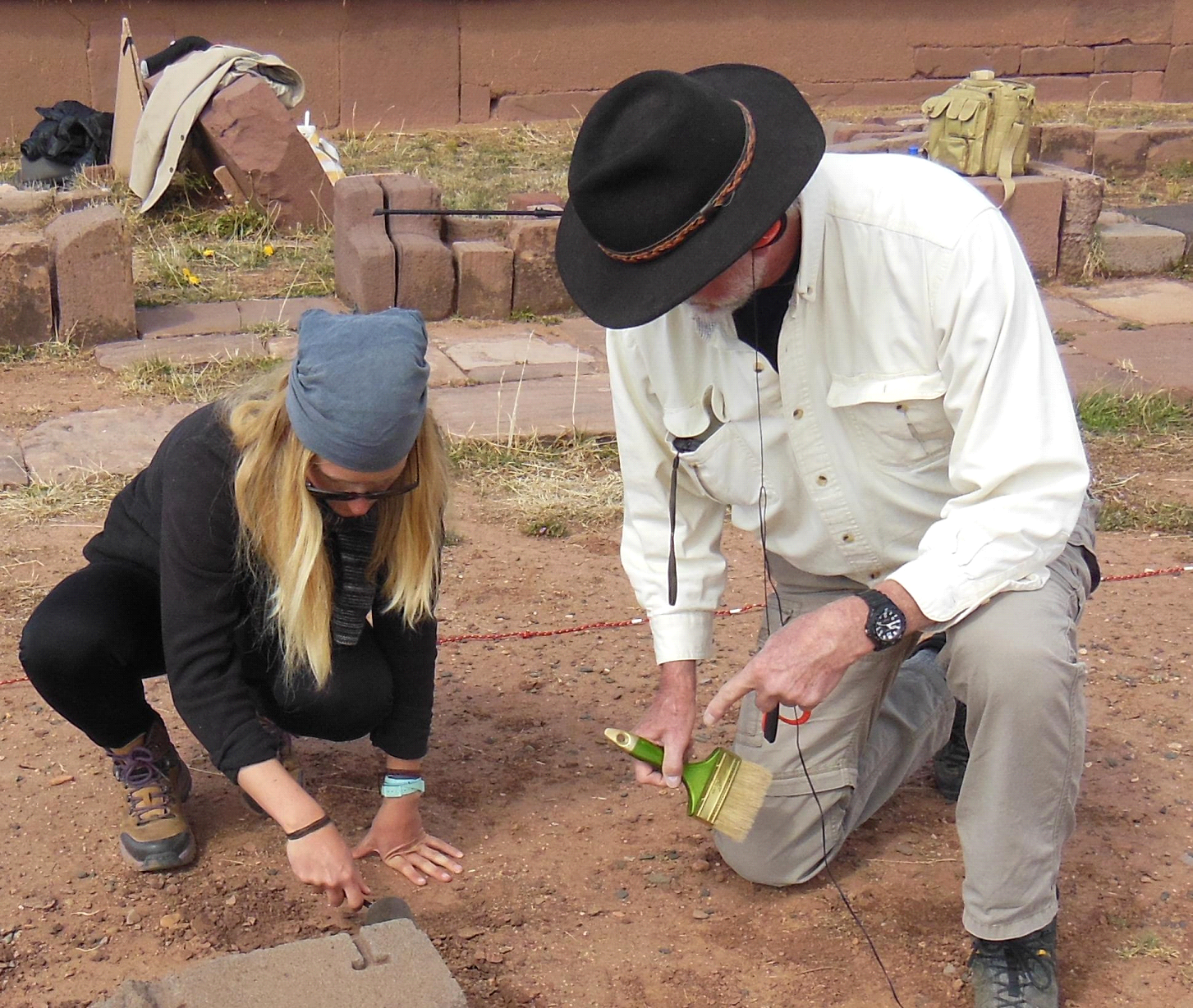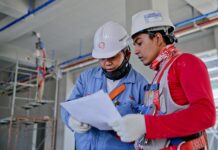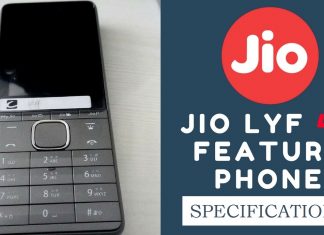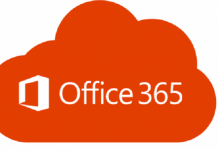Treasure Hunter:
What are 3D metal detector devices and why they are important for archaeological excavations?
Archaeologists are increasingly looking at remote sensing methods as techniques to explore sites with minimum disruption to the surroundings. Magnetics performed with 3D metal detector is a primary remote sensing technique that offers both ease-of-use and cost efficiency, mapping prehistoric and historic sites in three dimensions. Main benefits lie in the ability to resolve details non-invasively and detect wide range of artifacts and cultural objects with little investment in comparison to other methods.

Latest TreasureHunter3D products like GoldenEye Plus also visualize buried objects in real-world environment using augmented reality.
We asked Thomas A Gara, the Archaeo-Prospector, for A Report from South America. Here is what he had to say:
After two long days at 3,800 meters elevation, fighting cold, dry and gusty conditions at Akapana pyramid at Tiahuanaco, Bolivia, I packed up my TreasureHunter3D sensor and breathed a sigh of relief. Nearly a year of meticulous preparation had been invested into this trip and all had gone extremely well.
I had returned to the Akapana Pyramid in Tiahuanaco to do an ultra-fine scan of the anomaly I had found in previous years. The tape measures and aluminum stakes in our Archaeo-Prospector Field Kit made marking the area easy and we were soon walking our ‘ultra-fine’ pattern of 2 meters along lines at 4cm spacing. In previous years, we had done 50/30/20 cm line spacing’s on larger areas.
I wanted to verify previous findings in a very detailed manner, before requesting an excavation permit at this World Heritage Site. I queried Dr. Linda R. Manzanilla, the original excavator of this ‘Residence’ area, ( Professor and Researcher of the Institute of Anthropological Research of the National Autonomous University of Mexico (UNAM)), regarding her work here. I was interested in if she had placed the andesite lithic as a marker of an important location. She replied, “I did not excavate under the open space, nor did I place the andesite block there. It is very interesting if there is another construction level underneath.”
First, I selected the TreasureHunter3D in metal detector mode to outline, what we believe to be, a metal covered platform in the shape of an Andean Cross that lay beneath a lithic of andesite. We worked with a CIAAAT archaeologist (Centro de Investigaciones Arqueologicas, Antropologicas y Administracion de Tiwanaku) to outline the “platform” under the lithic in the photo. As in the previous year, the shape of an Andean Cross, approximately 1 meter by 1 meter, appeared.

 After having confirmed previous findings, a 2-meter-by-2-meter area was delineated with the kits tape measures marked in 4 cm divisions for the 3D scan mode.
After having confirmed previous findings, a 2-meter-by-2-meter area was delineated with the kits tape measures marked in 4 cm divisions for the 3D scan mode.
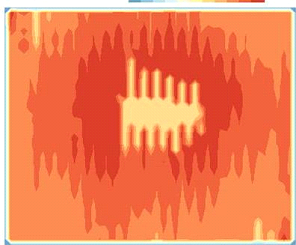
This is the 3D scan as rendered on 3DField mapping software, in the Two Dimensional mode. Scan lines are at 4 cm separations in an area of 2x 2 meters.
The major anomaly, in the white area, is the andesite lithic on the surface. Andesite is a volcanic extrusion that cools quickly in the high Andes and, thereby, holds the local geomagnetic signature.
The Andean Cross shows itself, on the 3D scans, as the shadow in burnt umber.
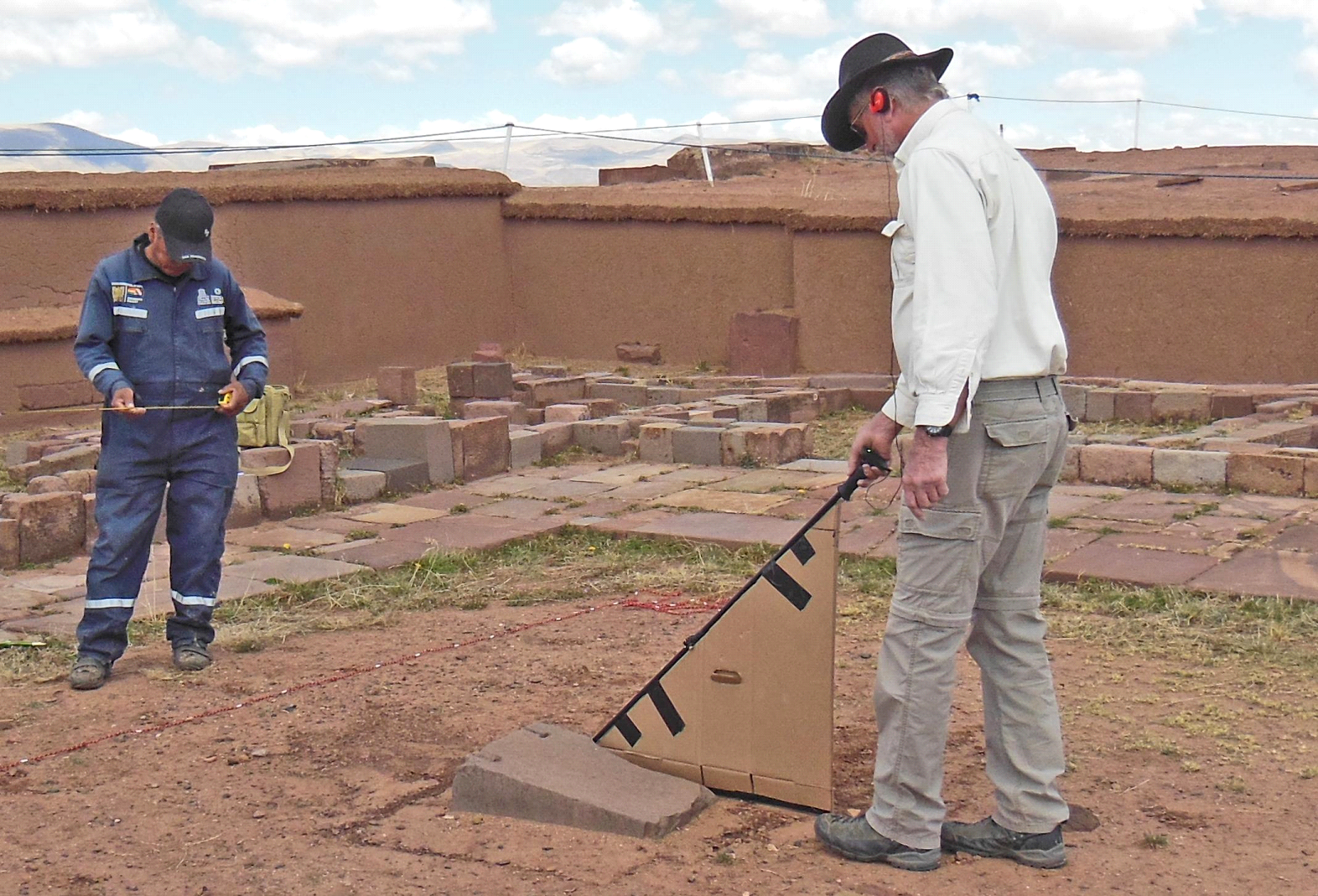
Dragging the 3D metal detector device in ‘Quick Scan’ mode, from the established center of the platform outward, indicated a depth of 70-90 cm under the surface.
There are many 3D metal detectors available on the market today. Important specifications to look at are: sensitivity, scan resolution, depth, durability, portability and possibility to export data into standard output formats that can be imported into 3D mapping software for further processing.
We selected the 3D detector device by TreasureHunter3D as it provides accurate, repeatable data, visualized in the field, which indicates what underlay the surface. It also proved durable throughout three excavation seasons and thousands of kilometers of rough travel.
Based on my archaeological field experience, I use some accessories together with Treasure Hunter3D sensors. This kit makes the work easy and more accurate. The Archaeo-Prospector Field Kit, comes free with the purchase of any TreasureHunter3D sensor through the Archaeo-Prospector web site. It includes: 3 – 20 meter tape measures, 8 aluminum stakes, directional indicator, Field Notebook and durable shoulder satchel which also provides plenty of space for sundries (camera etc., Sunglasses, excavation kit, water, snacks and iPhone, etc.). At Archaeo-Prospector.com you can also find more hints & tips about archaeological prospecting.
Thomas A Gara © 2019 for Archaeo-Prospector.com